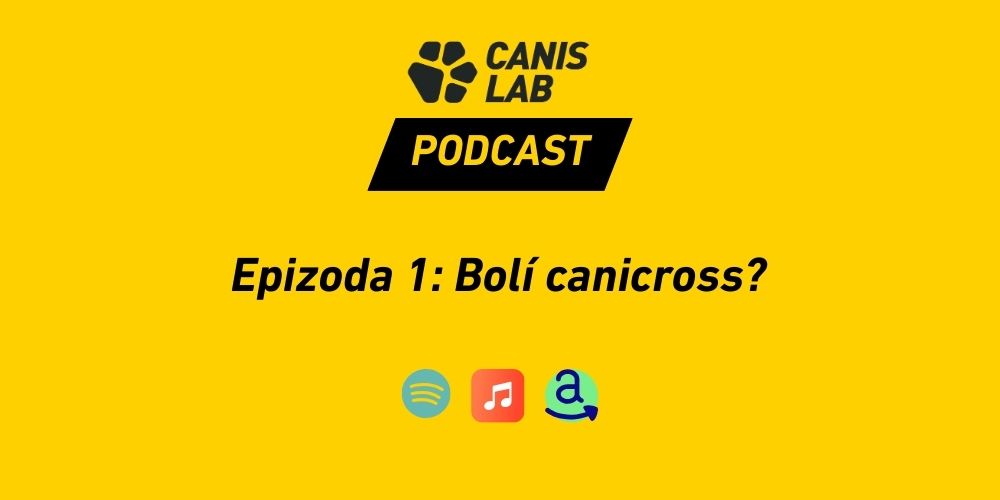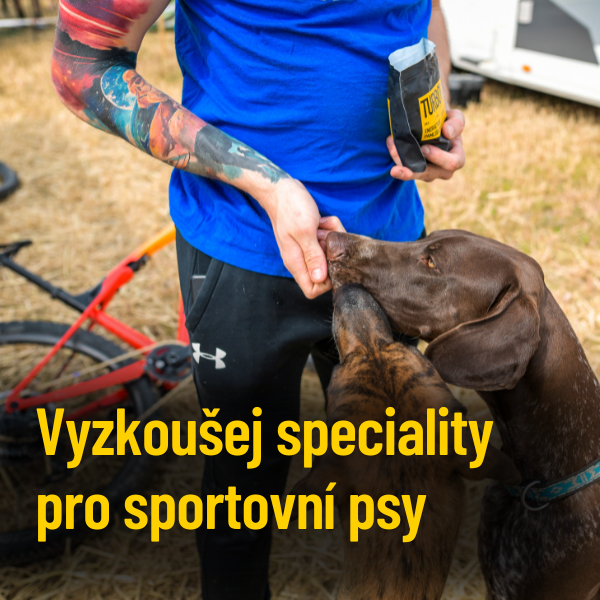Canis Lab Podcast (Ep. 1) | Does canicross hurt?

Does canicross hurt? And how to tell if a dog is in shape
The first episode of the Canis Lab podcast is out! Kuba and Nanny tackle topics that every active dog owner deals with:
- overheating dogs,
- training in the summer,
- pain in canicross
- and the eternal dilemma of "how to build muscle in a dog".
When it's hot: how not to overheat your dog
-
Dogs overheat easily, which can even result in collapse.
-
First signs: dark gums, rapid panting, weakness or disorientation.
-
The biggest mistake? Throwing an overheated dog straight into the water – shock to the body.
-
It is better to cool it down gradually – rinse the belly, chest, and give the dog the opportunity to get into the water on its own.
-
Prevention: shorter walks, training near water, especially hydration (hydrant, broths, mixed canned food).
Swimming as both training and trap
Swimming is great for fitness and engages the whole body. But be careful – it doesn't rest your dog.
-
Start with 3-5 minutes, gradually increasing.
-
Use a life jacket for safety.
-
Watch the dog – once he is tired, it's over.
Does canicross hurt?
-
Canicross is unnatural for the human body – the dog will often pull you to a pace you are not used to.
-
Biggest problem: weak core and poorly adjusted seat. Overloaded pelvis → leg and back pain.
-
Solution: strengthen your core, run more alone without a dog, stretch your flexors and inner thighs.
-
Patience is key – running legs take years to "break in".
How to make a dog gain muscle?
The right question is not "how to make a dog Rambo", but "how to get him in shape".
-
Muscles are formed naturally through activity, genetics, and quality regeneration.
-
Every breed has its limits – you can't make bodybuilders out of greyhounds.
-
The key: training according to the sport, getting enough rest and proper nutrition.
-
Regeneration takes place mainly during sleep - and the dog must be able to sleep really soundly, ideally in a quiet space (kennel, bed).
Nutrition and regeneration
-
Without quality proteins, regeneration does not work.
-
After a hard workout, a quickly available protein (e.g. Recovery from Canis Lab) will help.
-
Rest = less is more. An overworked dog loses energy and appetite for sports instead of muscles.
What can you take away from this?
Hydration, sensible training and recovery are essential. Whether you are running canicross, swimming or managing your dog's fitness – always look at the individual dog and their needs.
👉 You can listen to the entire episode of the podcast "Does canicross hurt?" on all platforms.






